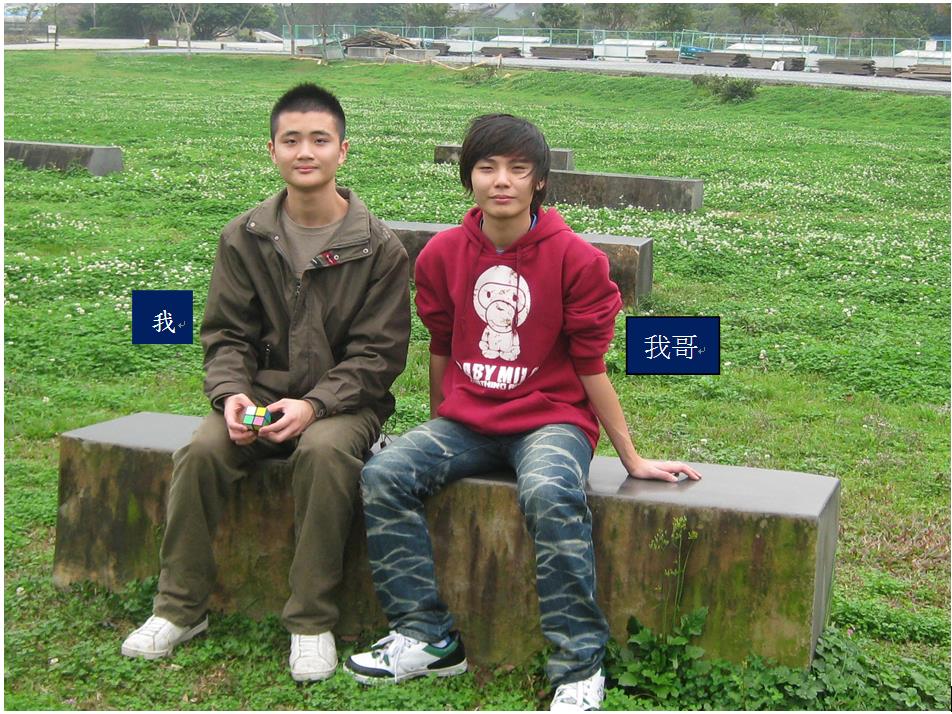攝護腺癌是男性最常見的癌症之一。PC-3是普遍應用於研究晚期攝護腺癌的細胞株。溶血磷脂酸(LPA)是一種多功能的信息傳遞分子,已知會影響攝護腺癌細胞株之增殖 (proliferation)、轉移(migration)以及侵犯 (invasion)。鈣網蛋白(CRT)是一種伴護蛋白,能夠幫助胞內蛋白摺疊成正常的構型,另一方面,CRT藉由與鈣離子結合,調控細胞內的鈣離子恆定。在許多種類的癌症組織切片以及細胞株中,都有CRT表現量上升的現象。而在我們實驗室先前的研究,已證實CRT會促進胃癌和膀胱癌之腫瘤生長及轉移。但是在攝護腺癌中,CRT的角色並不清楚。大部分的文獻,皆顯示在攝護腺癌中,CRT上升之現象,然而09年的一篇文獻指出,CRT具有抑制攝護腺癌生長及轉移 (metastasis)功能。為了進一步探討這看似矛盾的現象,我們決定從CRT上下游牽涉的調控分子著手。先前已有研究顯示,在小鼠D3 ES細胞中,LPA會經由磷脂酶C(PLC)的路徑調控內質網 (ER) 的鈣離子 (Ca2+) 流失。另一方面,在NIH/3T3細胞株中,ER的Ca2+流失會造成CRT啟動子之活化。根據這些研究,我們假設在PC-3中,LPA會促進CRT的表現。目前實驗結果已證實LPA會透過”LPA1/3促進”、”LPA2抑制”CRT的表現,整體上LPA促進CRT的表現 ; 而CRT knockdown (CRT-KD)會導致血管內皮生長因子A(VEGF-A)的表現量下降,VEGF-A乃是調控腫瘤血管新生的重要因子。接下來的研究,我會聚焦在CRT-KD對於攝護腺癌細胞株之貼附 (adhesion) 、增殖 (proliferation)、轉移(migration)以及侵犯 (invasion)的影響。
Prostate cancer is one of the most common cancers in males, and PC-3 is a popular cell model for investigating late stage prostate cancer. Lysophosphatidic acid (LPA) is a signal molecule which is generated via the regulated breakdown of cell membrane phospholipids. So far, six LPA receptor subtypes (LPA1–LPA6) have been found. LPA has been demonstrated to stimulate cell migration、invasion and proliferation in prostate cancer. Calreticulin (CRT) is a multifunctional Ca2+-binding chaperon. In many cancers, tumor tissues express higher levels of CRT compared to normal tissues. Also, in highly metastatic prostate cancer specimens and cell lines, most of the previous studies showed that CRT was elevated both in mRNA and protein level. However, on the other hand, CRT is proposed to play a suppressive role in tumor growth and metastasis of prostate cancer. To explore the paradox, details of the regulations and functions of CRT must be studied. It has been demonstrated that LPA evoked the Ca2+ mobilization from the lumen of the endoplasmic reticulum (ER) via phospholipase C (PLC) pathway in Mouse D3 ES cells. On the other hand, depletion of Ca2+ from the ER activated the CRT promoter in NIH/3T3 cells. Based on these studies, we hypothesized that LPA could positively regulate CRT expression. By using RT-qPCR and Western Blot, we found CRT expression is up-regulated both in mRNA and protein level after LPA treatment. In addition, shRNA transfection results indicated LPA1 and LPA3 are involved in the up-regulation of CRT. Activation of LPA3 signaling by OMPT also enhanced CRT expression. On the contrary, activation of LPA2 signaling by MDP and GRI977143 impaired CRT expression. Furthermore, knockdown of CRT resulted in decreased cell adherent ability and decreased expression of vascular endothelial growth factor-A (VEGF-A), which is an important factor in angiogenesis and tumor growth. Taken together, these results suggest that, LPA1/3 and LPA2 inversely regulate CRT expression and CRT expression plays a key role in cell adhesion and VEGF-A expression in PC-3 cells.
|
